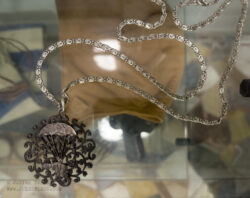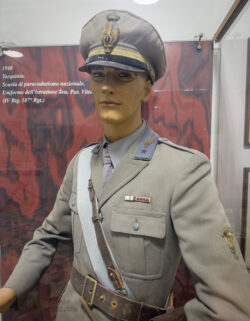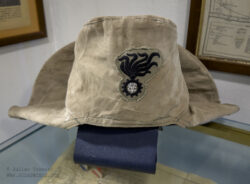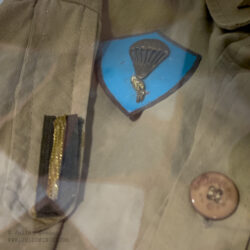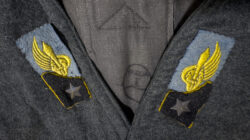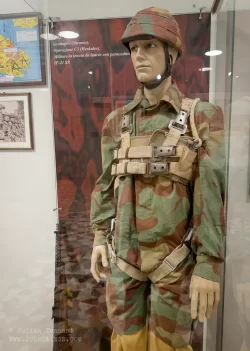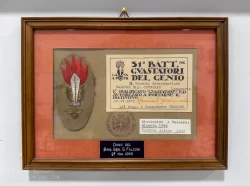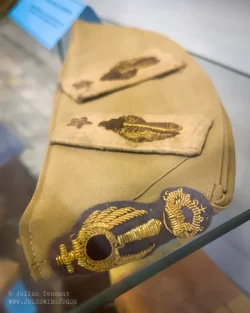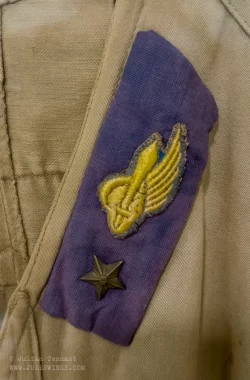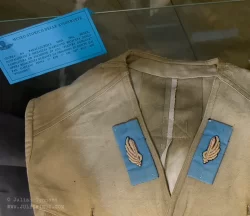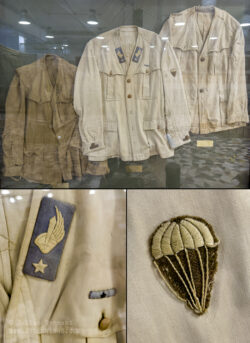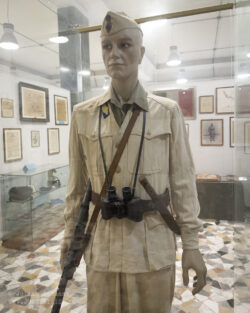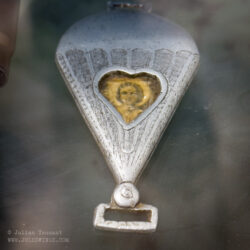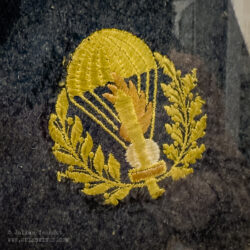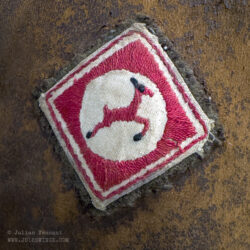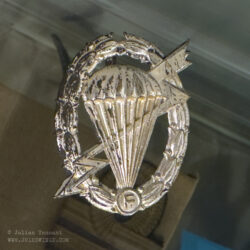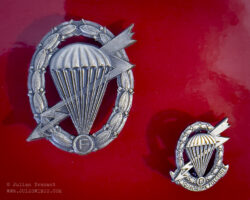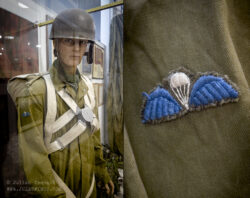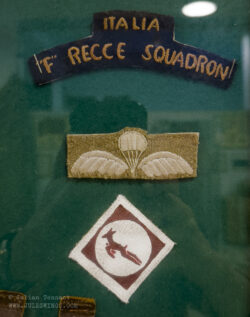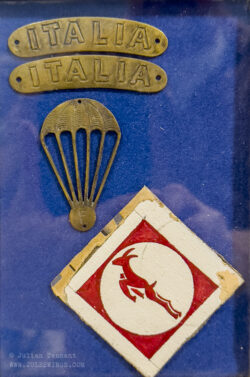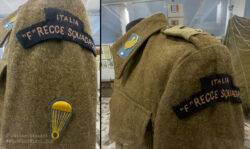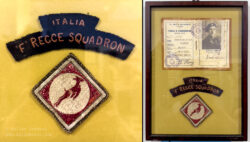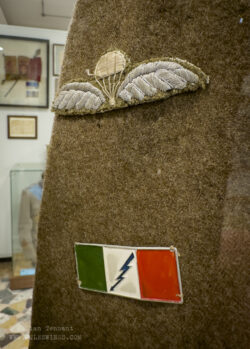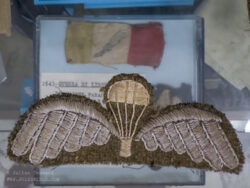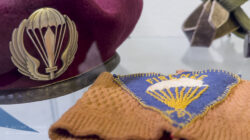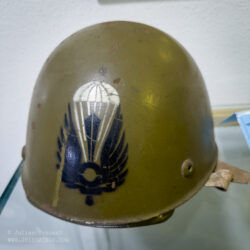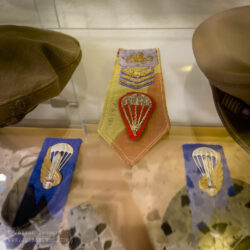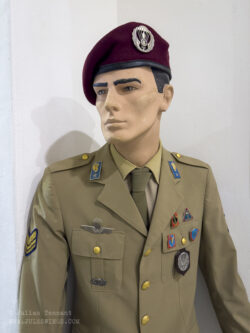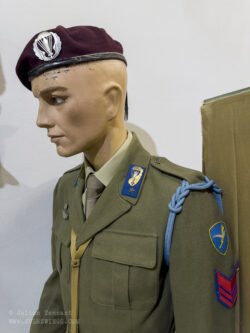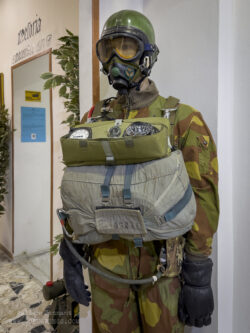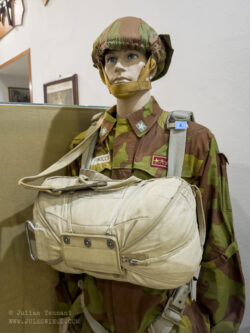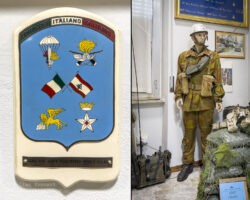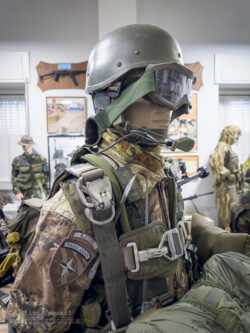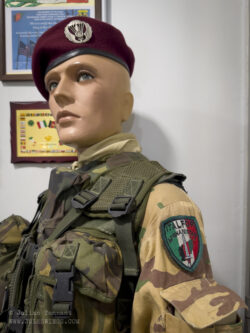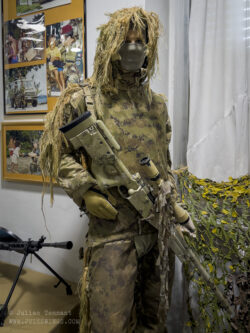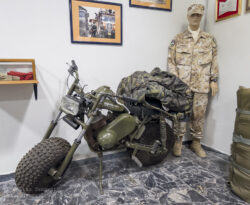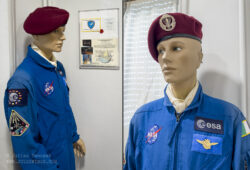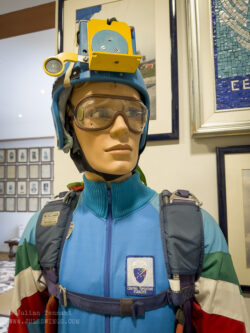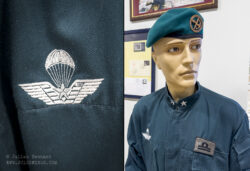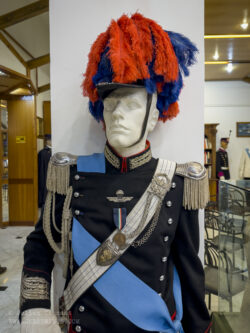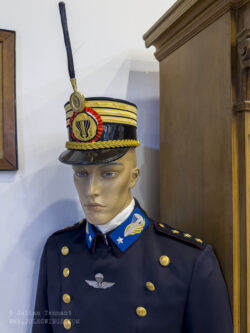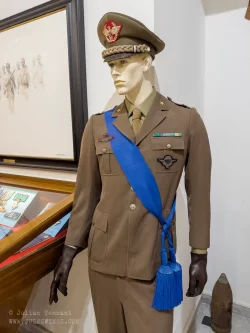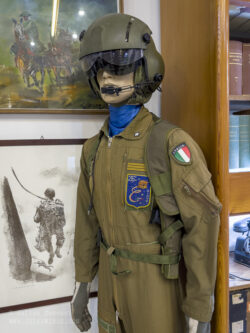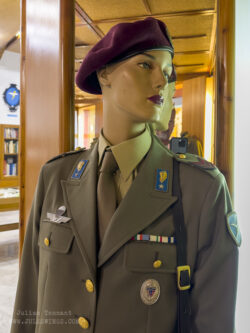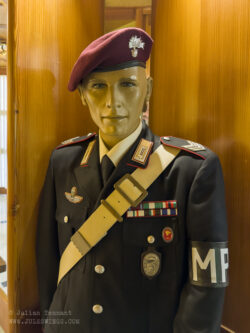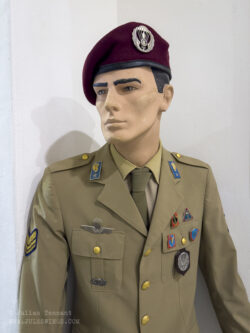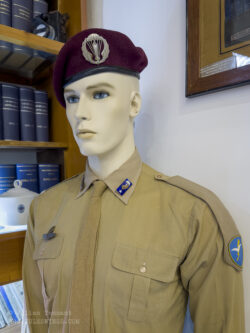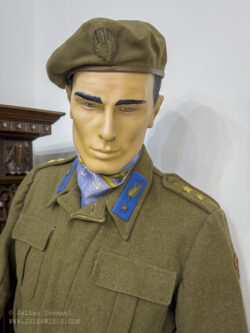Museo Storico delle Aviotruppe: The Italian Paratrooper Museum

The Museo Storico delle Aviotruppe, or the Historical Museum of Paratroopers, chronicles the history and achievements of Italy’s airborne forces, one of the pioneers of military parachuting.
Founded in 1968, the museum gradually expanded with donations from veterans and the Italian Army before gaining official recognition in October 1971. In 2002, with the support of the commanders of the Folgore Brigade and the National Parachute Association of Italy, the museum was relocated to its current site at Gamerra Barracks in Pisa, adjacent to the Italian Army’s Parachute Training Centre (CAPAR).
A Century of Airborne History
Italy’s military parachuting history dates back to World War I. In 1918, Alessandro Tandura, an officer in the 10th Arditi Regiment, became one of the earliest paratroopers when he jumped from a Savoia-Pomilio SP.4 aircraft, for an intelligence gathering mission over Vittorio Veneto. Today, the museum spans over 800 square meters and features 15 exhibition rooms housing approximately 3,000 artifacts that trace the evolution of Italy’s airborne forces from their inception to modern-day missions.

The Exhibits
Early Years and Parachuting Schools

The first exhibition rooms highlight the formative years of Italian parachuting, focusing on the establishment of early parachuting schools. The museum showcases documents from Italy’s first parachute training school, founded in Castel Benito (Tripoli) in 1938, and the subsequent opening of the school in Tarquinia in 1939 at the “Sostegni” airport. These schools trained all the battalions of the Folgore Division and part of the Nembo Division.
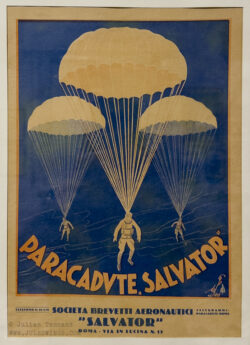
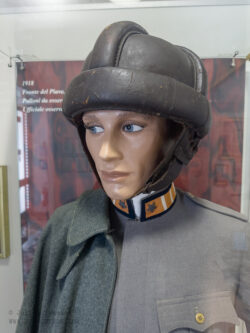





World War II and the Role of Italian Paratroopers
Several rooms are dedicated to the paratroopers of World War II, showcasing artifacts and uniforms from key battles. The Battle of El Alamein, where the Folgore Division earned its legendary reputation, is well represented, along with exhibits from the Tunisia campaign.





1943 – 1945 Italian Liberation Armed Forces

The museum also highlights the formation of the Nembo Division after the Folgore’s destruction and the role of Italian paratroopers in the Italian Liberation Campaign from 1943 to 1945. These displays include numerous donations from veterans of the famed 1st Reconnaissance Squadron “F”, also known as “F” (Folgore) Squadron, Nembo Parachute Division and Folgore Combat Group.
In October 1943, Captain Carlo Francesco Gay, commander of the 185th Nembo Regiment’s 9th Company, 3rd Parachute Battalion, made contact with the 1st Canadian Infantry Division and placed his unit at the disposition of the Allies. The British XIII Corps recognised the potential of these Italian parachutists and the 1st Reconnaissance Squadron “Folgore” was born.

F Squadron conducted reconnaissance and special operations across key battles, including the Maiella Mountains, Monte Cassino, Florence, and the final airborne assault during Operation Herring in April 1945. Despite heavy losses, including the execution of two founding members, the squadron became one of Italy’s most decorated units. For insignia collectors, these rooms are a treasure trove of rare and often unique locally made insignia representing both the Italian Socialist Republic (R.S.I.) and post 1943 Italian Liberation Army.

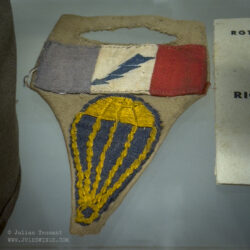

Post-War Evolution
The museum continues with exhibits detailing the post-war development of Italian airborne units. Through a combination of uniforms, documents, equipment, models, and photographs, visitors can trace the evolution of the Folgore Brigade and other Italian airborne units. A special section is dedicated to the Meloria crash of 1971, in which a British C-130 transport plane crashed, claiming the lives of 46 Italian paratroopers and seven British crew members.







Post War Operations and Activities
The final sections of the museum focus on Italy’s modern airborne operations. These include external missions undertaken by the Folgore Brigade since 1982 and scientific expeditions to Antarctica in collaboration with ENEA. There are also exhibits on sports parachuting and advanced training activities.



A Must-Visit for Military History Enthusiasts
For those interested in military parachuting or special operations history, the Museo Storico delle Aviotruppe is an exceptional destination. Its outstanding collection of rare artifacts, curated through the contributions of veterans and support from the Italian Army, makes it a treasure trove for historians and militaria collectors alike.
Conveniently located just a 20-minute walk from the Tower of Pisa, the museum offers a fascinating journey through Italy’s airborne legacy. If you’re in Pisa, dedicating a few hours to this remarkable museum is well worth it.


Visitor Information

Museo Storico delle Aviotruppe
Caserma Gamerra
Via di Gello, 138
56123 Pisa, PI
9-13 (on reservation)
Contact
Phone: +39 335 188 7186 or 050 564 509 (ext 0372)
Email: museocapar@cepara.esercito.difesa.it
https://www.esercito.difesa.it/storia/musei/Museo-Storico-delle-Aviotruppe
Opening times
Tue-Sat: 09.30-12.30 and 1400-1700
Sundays (by appointment): 0900 – 1300
Closed: 1 & 6 January, Easter Sunday & Monday, 1 May, 10 – 20 August 1 November, 8, 25 & 26 December.
More Of Interest
Italian Paratroopers at El Alamein October – November 1942

During the Second Battle of El Alamein in 1942, the Italian paratroopers of the 185th Paratrooper Division “Folgore” played a significant role in the defence of the Axis lines against the British Eighth Army.
The “Folgore” Division, composed largely of highly trained and motivated volunteers, had originally been intended for operations in Malta but was redirected to North Africa. At El Alamein, they were positioned on the southern sector of the Axis line, where they faced intense artillery barrages and armoured assaults.
Despite being poorly equipped compared to Allied forces—especially in terms of anti-tank weapons—the Folgore paratroopers held their ground repelling constant attacks by Commonwealth troops, including armoured thrusts by tanks of the 7th Armoured Division.
Finally, on November 6th, when the last organized group commanded by Colonel Camosso and Major Zanninovich, surrounded by British tanks, finished its ammunition reserves they were forced to surrender. From an initial strength of 4500 men, only 306 paratroopers were still alive.
Their resilience earned them the respect of both Axis and Allied commanders. British General Montgomery later praised the Folgore for their bravery and combat effectiveness.
The stand of the Folgore at El Alamein became a symbol of valour in Italian military history, remembered for their courage under fire and refusal to yield easily despite overwhelming odds.

At the beginning of WW2, Carlo Murelli was drafted into the army and sent to Sicily for training in preparation of a second wave of attacks on Greece. But the German intervention made this operation unnecessary. So, he joined the newly formed Folgore Division and was sent to Libya. The battle of El Alamein was about to start. He tells his story in the three interviews below

